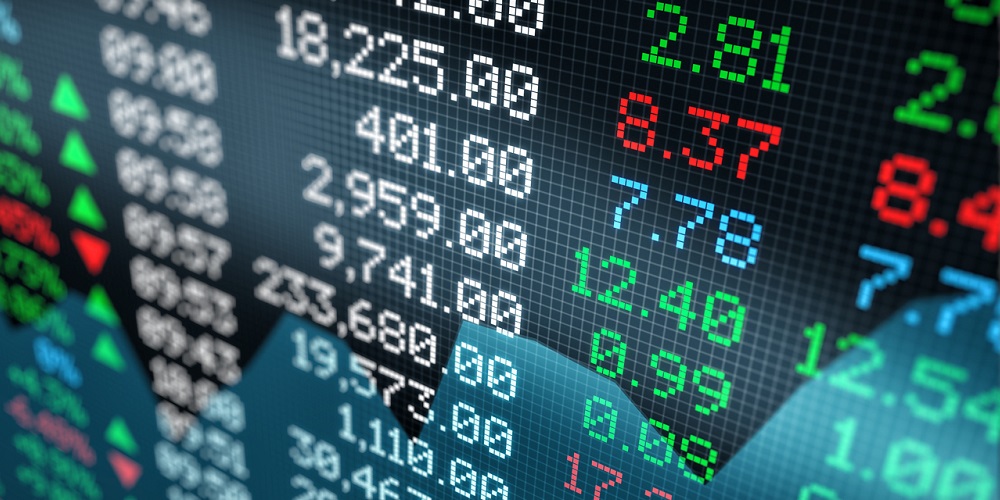
Autotrading allows trades to be placed more quickly and efficiently based on predetermined parameters and reduces the human error factor present in traditional trading systems. Nevertheless, the use of this type of technology is not free from risk. In this article we look at the key points to consider when deciding to use automated trading systems.
What is autotrading?
Autotrading or an automated trading system is a mechanism for participating in organized financial markets consisting of using an algorithmic trading system with which investors place trades to buy or sell financial instruments automatically. To do this, an algorithm program executes orders by implementing predetermined or investor-programmed rules.
To use this automated system, which in practice is proving to be the most common in securities markets, the investor selects a platform on which a number of predetermined parameters and rules are put in place. Through these systems, the investor chooses and puts in place a set of customized rules according to which, if certain predetermined variables or conditions are fulfilled or certain events occur, the related buying or selling orders are executed automatically.
One of the main trends in autotrading is the copy trade or social trading system, based on copying the movements made by one or more traders. Once the investor has decided on a set of operators or traders whose movements wishes to replicate, he/she signs the mandate to execute the order to buy or sell those financial instruments, which replicates the chosen investment strategy.
From a regulatory standpoint, this activity is usually treated as a discretionary portfolio management service, through which the client hires, by entering into an agreement, an entity authorized to provide said service to manage their capital on their behalf, and the entity, in return, undertakes to manage the client’s capital faithfully in line with the client’s predetermined rules.
Therefore, for an entity to be able to provide an autotrading service it will need a prior authorization from the Spanish Securities Market Commission (CNMV or “Comisión Nacional del Mercado de Valores”) to provide a discretionary portfolio management service, in addition to fulfilling the other applicable legislation, including the obligation to sign a discretionary portfolio management agreement with each investor or a suitability assessment for each client.
Advantages
Autotrading presents various advantages over traditional trading systems, of which the most well-known advantage is the absence of emotional bias. As a result of being structured around a set of rules or algorithms and human emotions playing no part in them, autotrading avoids erratic decision-making by investors, such as overconfidence or risk aversion, by creating a predetermined investment strategy.
Another of the main advantages that this service has to offer is a greater access to the range of financial instruments and international markets, which in turns allows the creation of a more diversified investment strategy.
Additionally, autotrading allows several transactions to be carried out in the same period of time and at any time of day, as opposed to the orders made by a traditional trader. This is because the parameters for buying or selling financial instruments are predetermined by the algorithm program used, and no actions by the trader are needed.
Furthermore, these orders are made more quickly than those made by traditional traders since the algorithmic systems respond immediately to changes in market conditions, and entering or exiting the market can be done in a matter of seconds.
Autotrading also enables more exact monitoring of the markets’ variables, whereby if a desired investment scenario exists, the order is made automatically.
Therefore, these automated systems allow trades to be placed more quickly and efficiently based on predetermined parameters and reduce the human error factor present in the traditional trading systems.
Disadvantages
Regarding the drawbacks or disadvantages of autotrading it should be underlined that, although it is an automated system, this does not mean it is not infallible, because, due to being based on algorithmic software systems, its use has an associated risk of computer or mechanical errors, which could interfere with the service being provided correctly.
Moreover, the rules or parameters for executing the orders are created before they are executed, which means that, if unreliable or outdated databases were used to prepare them, the executed orders could produce biased results or have an adverse effect.
In addition, since every order is made automatically, the system's ability to react is lost, an inherent feature of all manual trading systems in which the trader is able to identify trends and opportunities in the financial markets and take advantage of them in real time.
Lastly, there is a risk of autotrading causing an over-optimization effect as a result of backtesting, consisting of working with different hypotheses to find the most beneficial scenario for the investor. In these operations, if the algorithmic system faithfully follows the curve calculated with a greater yield potential, then its predictive ability is lessened giving rise to biased results, which may result in losses or lower yields than expected for investors.
The conclusion to be drawn from the comments made above is that, although the use of automated trading systems brings a range of competitive advantages when compared to manual trading, this does not mean the absence of certain risks associated with the use of new technologies.